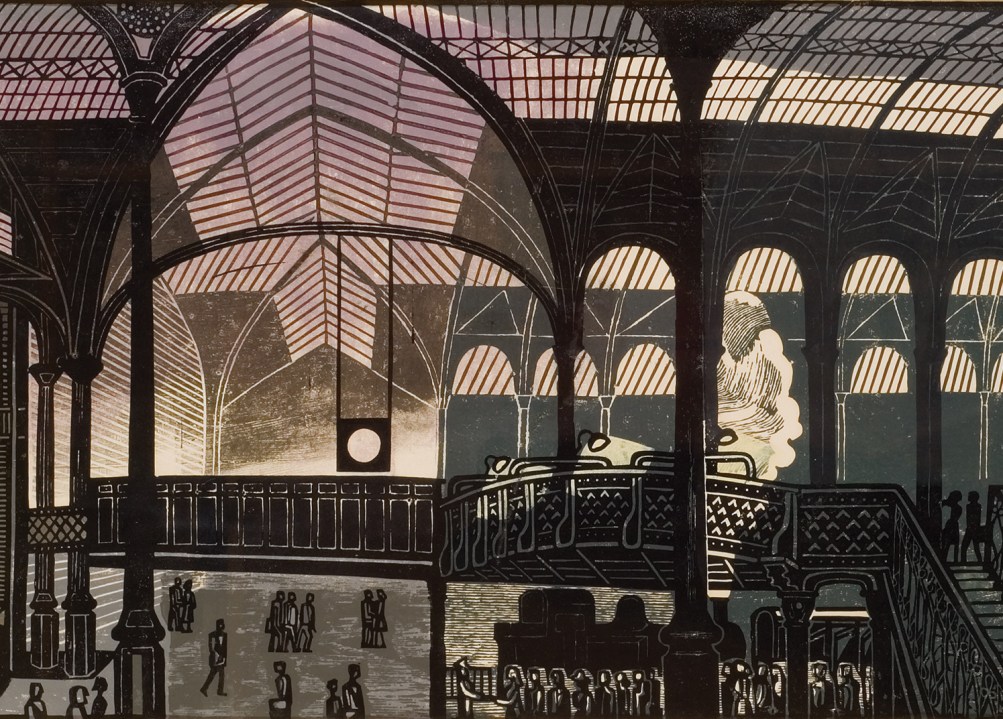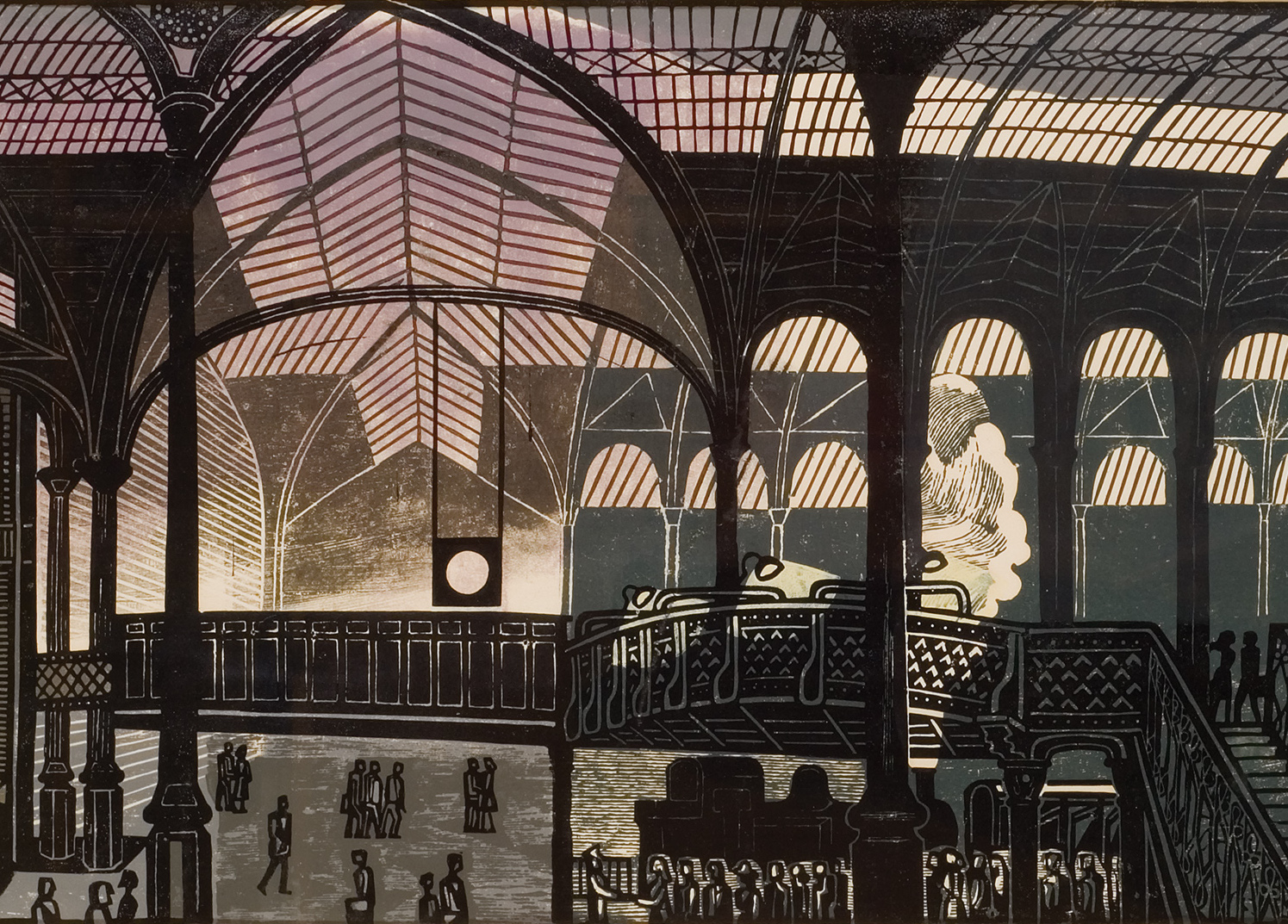‘When I’m on good form,’ Edward Bawden told me, ‘I get to some point in the design and I laugh and talk — and if I’m laughing, it probably means the work is rather good.’ You can see his exuberance everywhere in the exhibition of his work at Dulwich Picture Gallery. It is a thoroughly jolly affair, but it also raises a delicate question: was Bawden (1903–89) really a serious artist?
He was certainly a tricky one to pigeon-hole. Bawden is, deservedly, one of the most popular of 20th-century Britishartists. But when one thinks of him, it is hard to bring a major work to mind — much harder than in the case of his mentor Paul Nash or fellow-student and friend Eric Ravilious.
From the beginning of his career, Bawden seemed determined to subvert the normal hierarchy of artistic forms. According to the art market at least, one-off sculptures and paintings are at the top of the list — ‘important’ and expensive. Financially and critically, these are followed by engravings, etchings and other print media. In last place come items such as posters, book illustrations or humble wallpaper designs.
Bawden thought differently. ‘A good pattern is as good as a painting,’ he said to me on the same occasion, a few months before his death in 1989. ‘I’d sooner have a good bit of William Morris wallpaper than I would a lot of modern rubbish.’ And, as one realises as one walks through the rooms at Dulwich, it was in the so-called ‘minor’ or applied arts that Bawden was often at his quirky and memorable best.
In the 1930s, during which they at one point shared a house in the village of Great Bardfield, Bawden and Ravilious were stylistically close.









Comments
Join the debate for just £1 a month
Be part of the conversation with other Spectator readers by getting your first three months for £3.
UNLOCK ACCESS Just £1 a monthAlready a subscriber? Log in